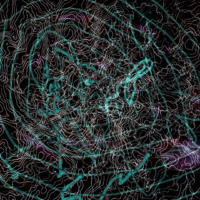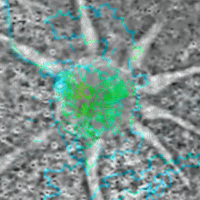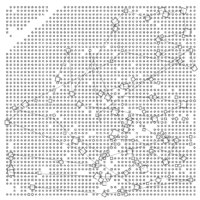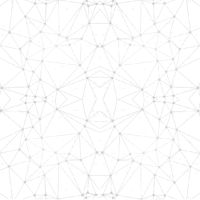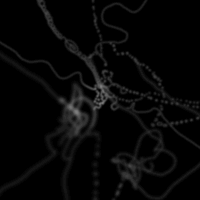Trame is the title of the sixth edition of BACKSTAGE ONSTAGE – The Academy inside the Ref, a project realised thanks to a partnership between the Accademia di Belle Arti di Roma, the Romaeuropa Festival and the Arshake platform.
The Romaeuropa Festival is one of the most important events of the Roman autumn that brings excellence in the performing arts from all over the world to perform in theatres, museums, and alternative spaces of the capital. Always attentive to connecting places and people from around the world and building an ever-growing network of institutions and realities in the Roman territory, this year geography and multiculturalism took centre stage even more, mapping out different arts between music, dance, theatre, new circus, children’s creation and digital arts. The result was an exciting world tour in just three months through the disruptive power of art, capable of crossing all kinds of borders, from the physical to the disciplinary.
Trame drew its inspiration from the heterogeneity of the geographies drawn by the Romaeuropa Festival, in search of a further mapping rooted in human relations, particularly those generated by the movement of artists and spectators, but also of the authors of the project themselves along the path that led them to attend a selection of 10 performances.
At the entrance to each new performance, maps were distributed to a selected number of spectators, who were invited to trace their path to the theatre on the sheet of paper. The route did not necessarily have to be faithful to the actual movement; rather, it could be freely interpreted in physical, emotional or mental terms.
We thought of a geography that did not visually correspond to a specific place, but rather brought out the interweavings and relationships that are created by the choices of the individual and the encounter with the performances. The result was a human geography, made up of large and small shifts, changes of direction, different dynamics, which each time intersect to converge in a single point, the theatre, their common meeting place.
In the perspective of a project that would inhabit the network, the authors also took into account the encounter of these maps with those of the network. The advent of satellite systems, but also of the different ways of reconstituting space in economic-political-social relations following the Internet in its various configurations, have overturned traditional geographies, defined by Jerry Brotton in the continuous negotiation between its creators and its users, in the ever-changing perception of the world (J. Brotton, History of the World in Twelve Maps, 2012).
Google’s digital maps make it possible to “dynamically combine the human scale and the global scale, through a dense interweaving of the physical level, the geographical level and the technological level”, as the young geographer Tommaso Morawski points out in an essay designed to defend “the reasons why cartographic logic – which in literature goes by the technical name of mapping – falls not only de facto, but also de jure, within the field of interest of aesthetics” [as a philosophy concerned with the aesthetic conditions of experience in general].
The aesthetic condition is also where Trame has woven its designs of human paths, in the experience of travelling, of geographical dislocation, in the slow time of walking, of weaving relationships, of leaving a mark on the map, and then of the abstraction of all this into an ‘ecstatic’ experience, traced in the style of the sign, a synthesis of the relational elements connected to the experience of the performances as well as that of the artists.
Each performance had its own aesthetic reinterpretation. The generative geographies of the gifs have taken shape in styles that reflect the difference in visions, those traced in the spectators’ signs on the maps, those that belong to the artists and the performance, those that surface in the emotions felt during the performance.
The signs become new geographical conventions left free to travel the net through the lightness of the gif format. In the gifs, the signs are generative images or textural plots that are superimposed on the layout of the map of the city of Rome, translating into an abstract language the time and space in which the paths of hundreds of people, artists and spectators included, have been dislocated.
Anchoring them to the physicality and traditional conventions of maps are the titles, a combination of the satellite coordinates of the place where the name and date of the performance also come into play.
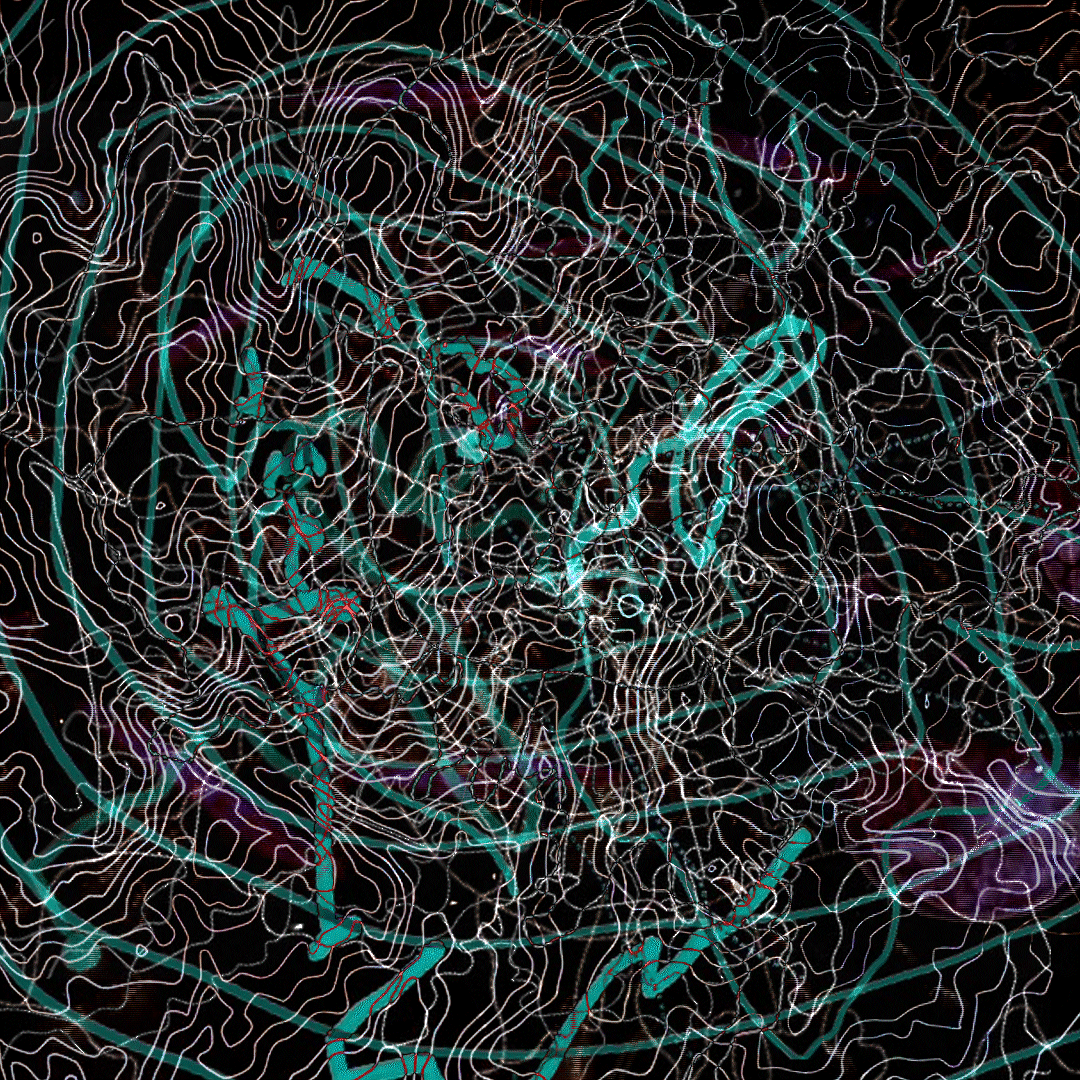
© Francesca Paganelli
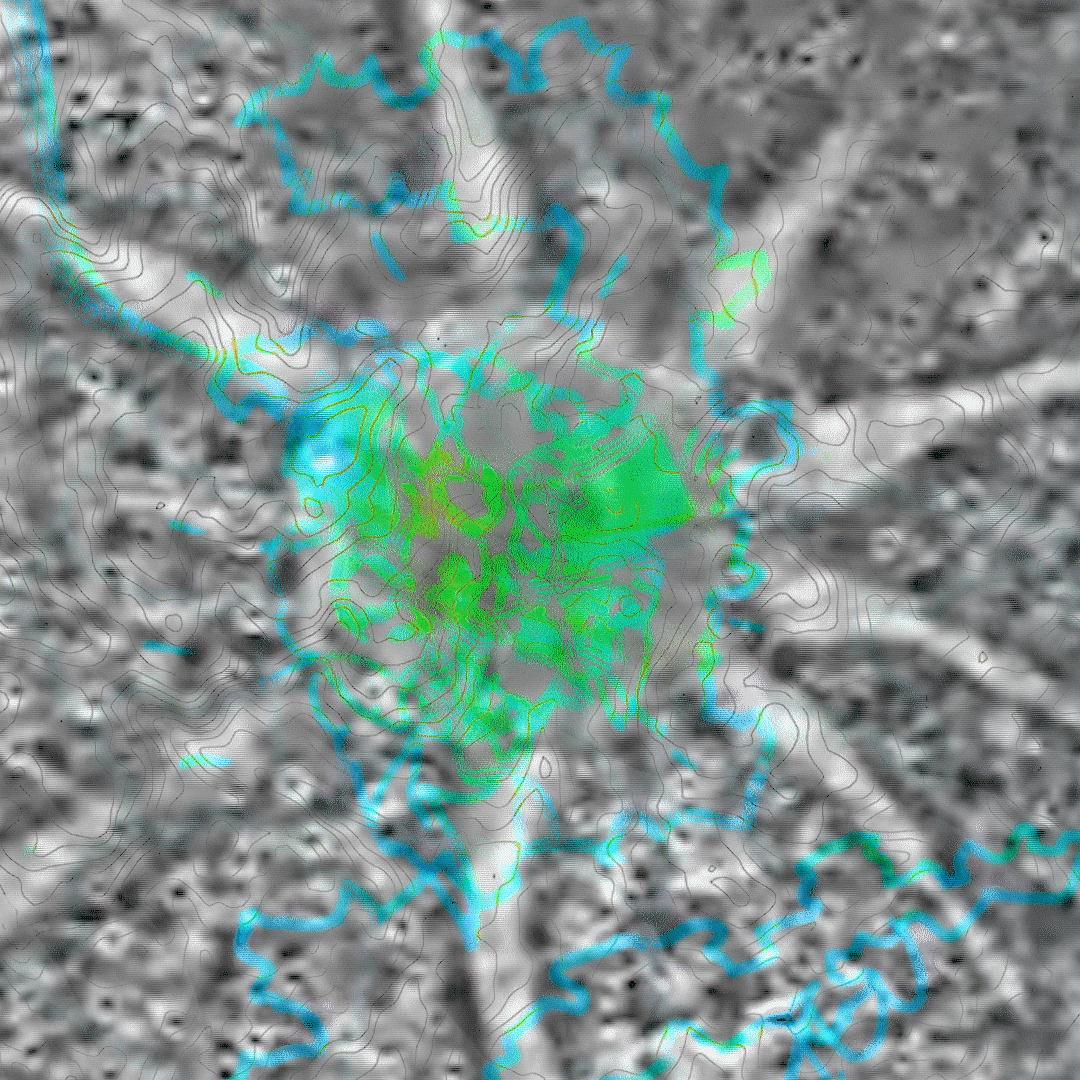
© Francesca Paganelli
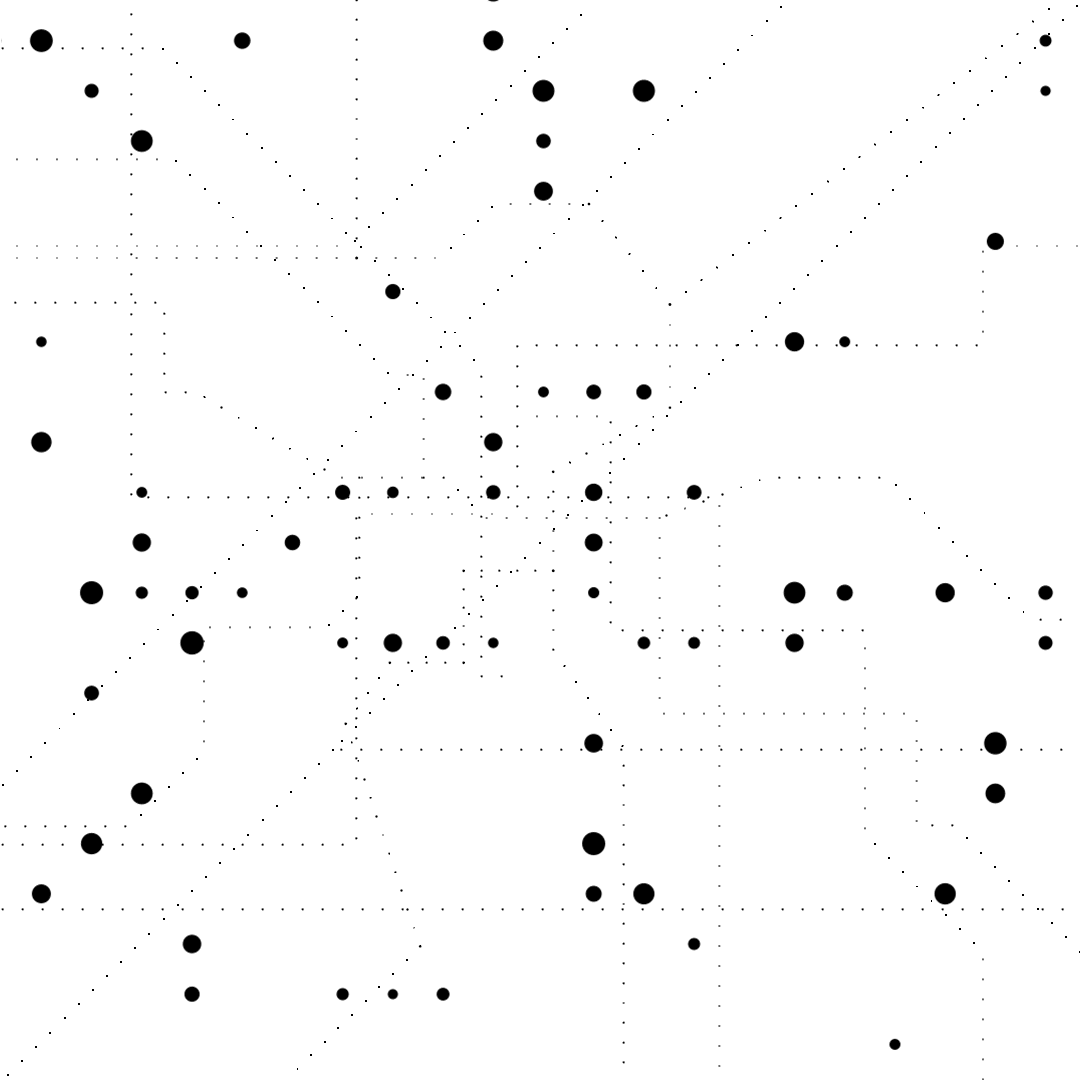
© Andreaelisa Sausa
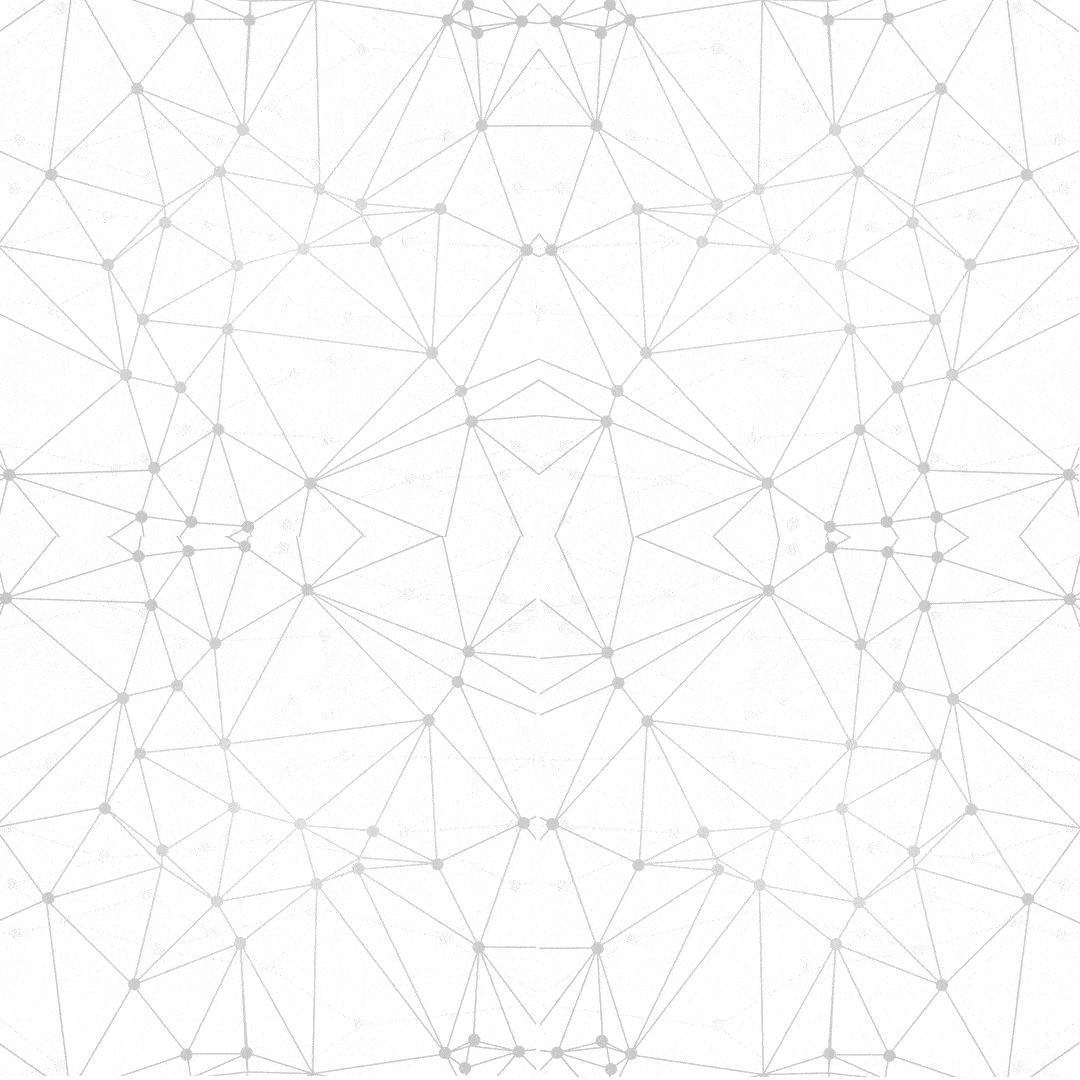
© Andreaelisa Sausa
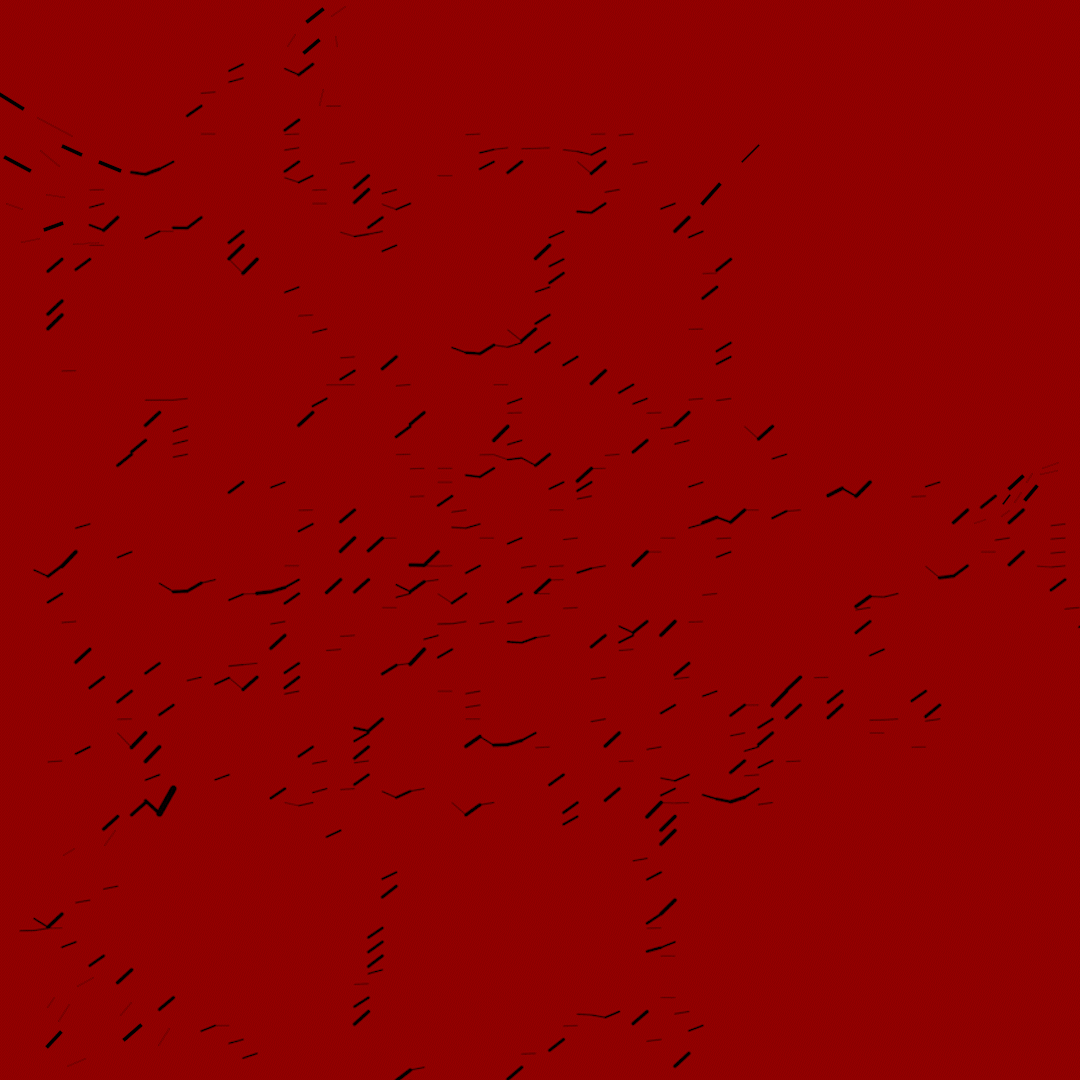
© Andreaelisa Sausa

© Giovanni Bernocco

© Giovanni Bernocco
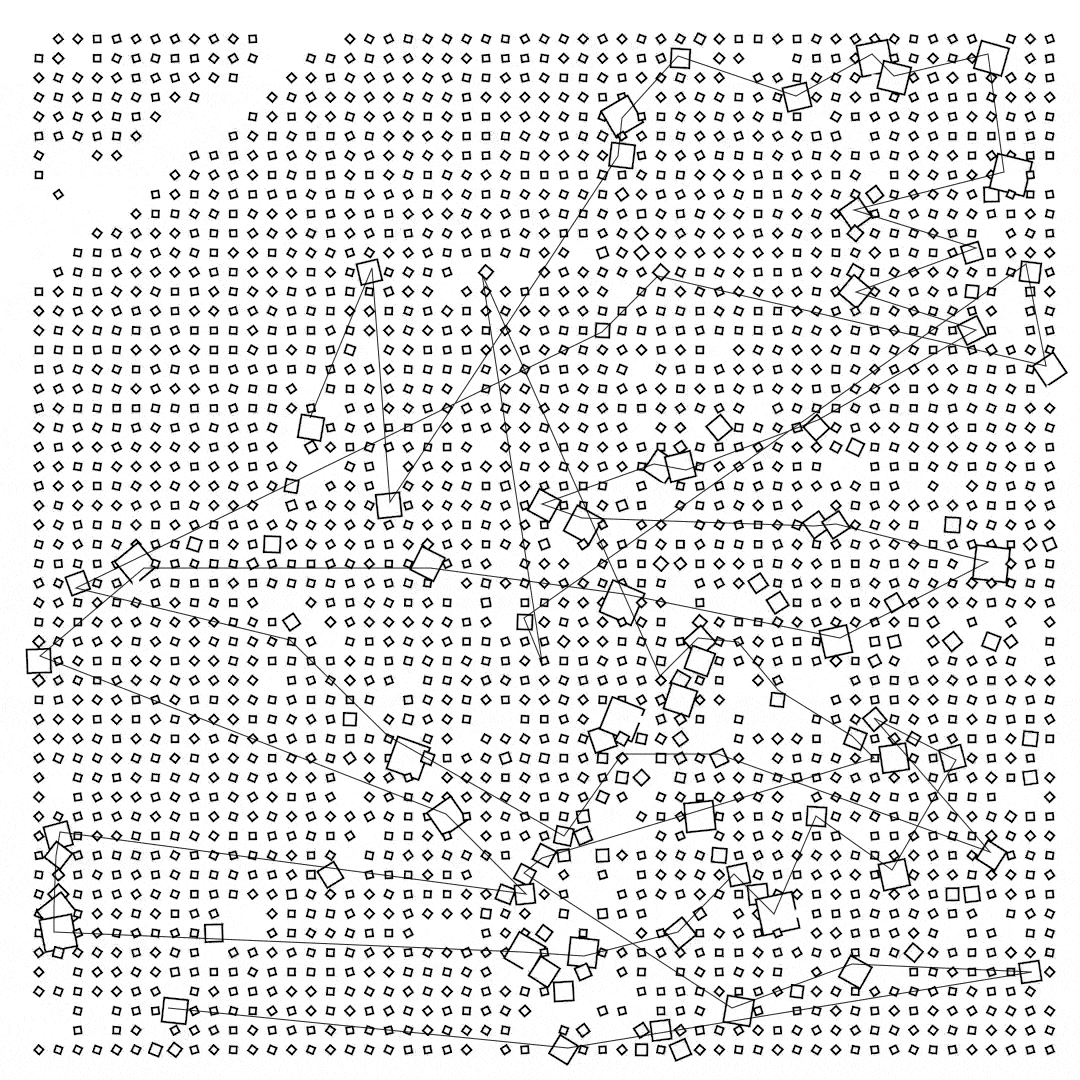
© Andreaelisa Sausa
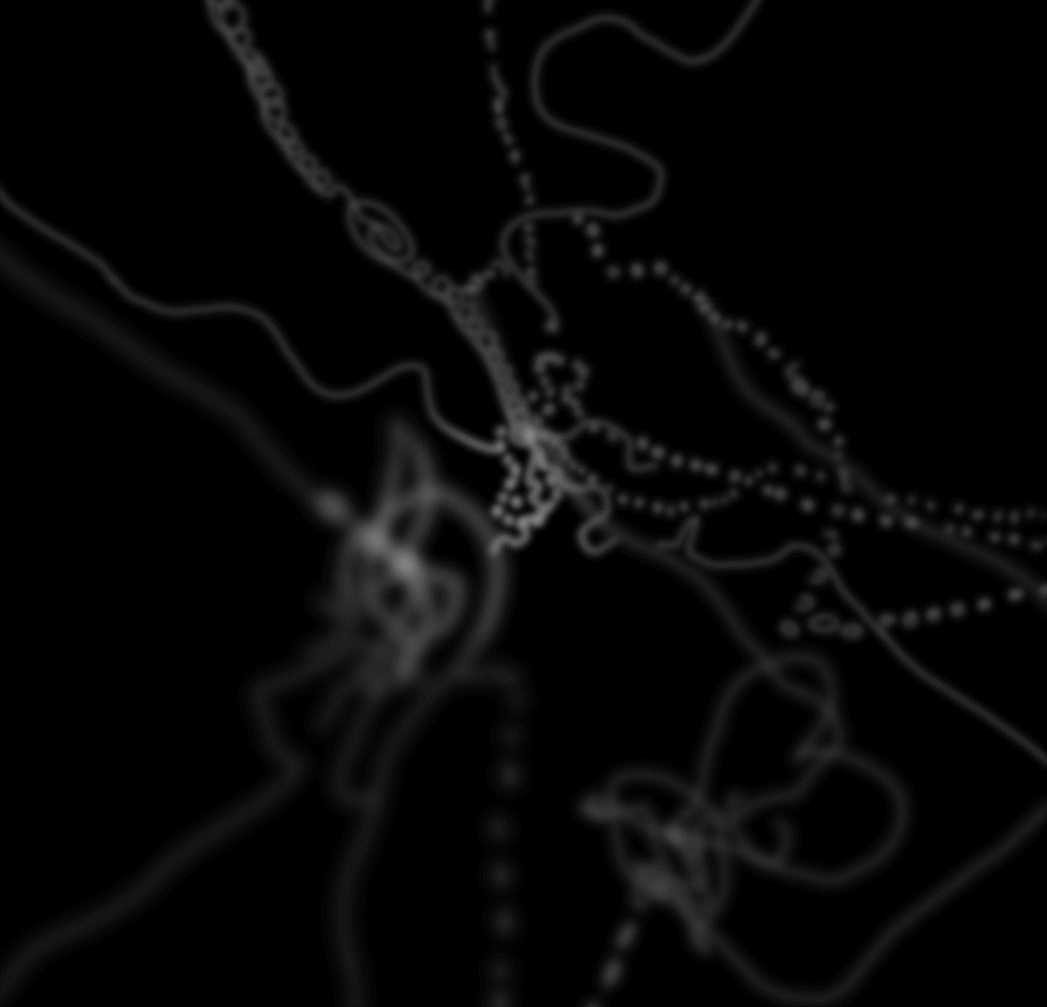
© Giovanni Bernocco
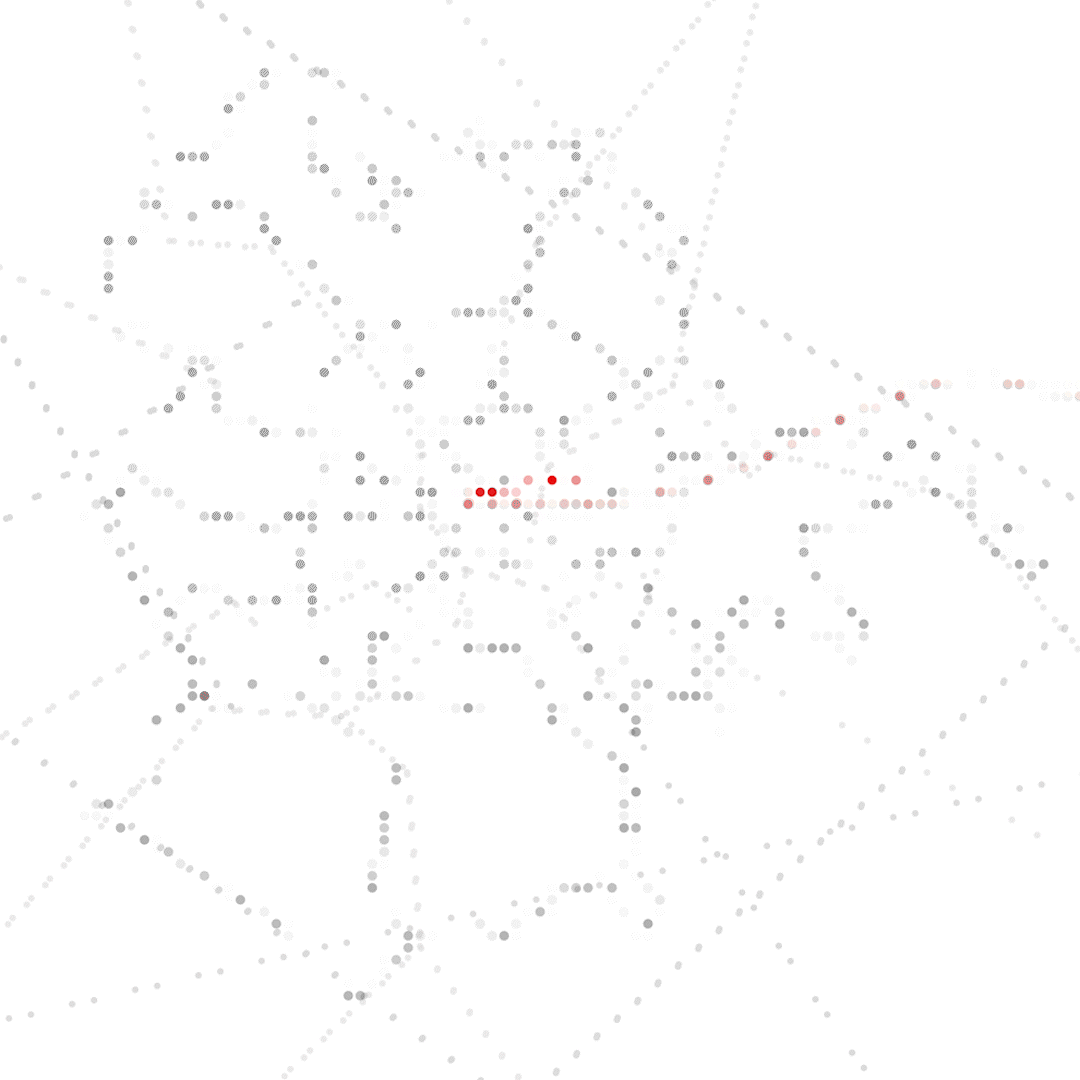
© Andreaelisa Sausa
Trame, the sixth edition of “Backstage / Onstage”, a project born from a partnership between the Accademia di Belle Arti di Roma, Romaeuropa Festival,and Arshake. Trame was inspired by the heterogeneity of the geographies drawn by the 38th edition of the Romaeuropa Festival, in search of a further mapping rooted in human relations, in particular those generated by the movement of artists and spectators of 10 selected performances. These human geographies met those of the network, abstracted in the sign that traced them, now woven into the abstract plots defined in the form and time of as many gifs.
Credits: Project by the students of the Two-year BA Multimedia Arts course: Andreaelisa Sausa, Francesca Paganelli, Giovanni Bernocco, Pietro Guerrini. With the participation of Niki Khamoosh and Eleonora Scarponi.
Supervision: Maria Cristina Reggio, Elena Giulia Rossi
Arshake Coordination: Cristian Rizzuti, Graziana Saccente




























